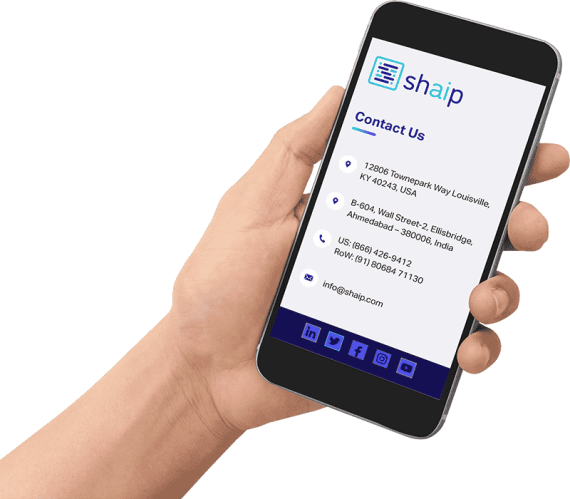- What We Do
-
-
-
Speciality
-
-
-
- Off-the-shelf Data
-
- Solutions
- Platform
- Company
Speciality
Extract essential insights from unstructured medical data using entity extraction.

Empowering teams to build world-leading AI products.

Named Entity Recognition (NER) in the healthcare detects and categorizes entities like patient names, medical terms, and various terminologies from unstructured text. By categorizing entities such as diseases, treatments, and symptoms, NER facilitates more effective information extraction and medical data management.
Shaip NER is tailored to help healthcare institutions decipher vital details in unstructured data, revealing connections among entities in medical reports, insurance documents, patient reviews, clinical notes, etc. Relation extraction techniques are used to automatically identify and classify relationships between medical entities, supporting improved data structuring and healthcare decision-making. Bolstered by our deep expertise in NLP, we provide insights and tackle complex annotation projects, regardless of their magnitude.
A vast volume of medical information is present in health records, predominantly in an unstructured manner. Biomedical text mining techniques are widely used in the biomedical domain to extract and analyze relevant biomedical entities and relationships from these large unstructured datasets. Medical entity annotation facilitates the transformation of this unstructured content into an organized format.
2.1 Medicine Attributes
Nearly every medical record contains details about medications and their characteristics, a crucial aspect of clinical practice. It’s possible to pinpoint and mark the different attributes of these medications following established guidelines.
2.2 Lab Data Attributes
Laboratory data in medical records often include their specific attributes. We can discern and annotate these attributes of the lab data in line with established guidelines.
2.3 Body Measurement Attributes
Body measurements, often encompassing vital signs, are typically documented with their respective attributes in medical records. We can pinpoint and annotate these various attributes related to body measurements. These annotations can also help track and analyze clinical events documented in medical records.
In addition to general medical NER annotation, we can delve into specialized domains such as oncology. For the oncology domain, the specific NER entities that can be annotated include: Cancer Problem, Histology, Cancer Stage, TNM Stage, Cancer Grade, Dimension, Clinical Status, Tumor Marker Test, Cancer Medicine, Cancer Surgery, Radiation, Gene Studied, Variation Code, and Body Site.
Key elements in developing and applying NER models for oncology include establishing a robust research methodology, thorough model performance evaluation, and the integration of domain-specific techniques to improve accuracy and efficiency.
In addition to pinpointing and annotating primary clinical entities and their relationships, we can also highlight the side effects associated with specific drugs or procedures. The outlined approach involves:
Beyond pinpointing clinical entities and their relationships, we can also categorize the Status, Negation, and Subject pertaining to these clinical entities.
Data scientists spend over 80% of time in data preparation. With outsourcing, the team can focus on development of algorithms, leaving the tedious part of extracting NER to us.
ML models require collection & tagging large chunks of datasets, which require companies to pull in resources from other teams. We offer domain experts who can be easily scaled.
Dedicated domain experts, who annotate day-in & day-out will – any day – do a superior job in comparision to a team, that accommodate annotation tasks in their busy schedules.
Our data quality assurance process, tec validations, & multi-stage QA, helps us deliver quality that ofen exceeds expectations.
We are certified for maintaining the highest standards of data security with privacy to ensure confidentiality
As experts in curating, training, and managing teams of skilled workers, we can ensure projects are delivered within budget.
High network up-time & on-time delivery of data, services & solutions.
With a pool of onshore & offshore resources, we can build and scale teams as required for various use cases.
With combination of a global workforce, robust platform, & operational processes, Shaip helps launch most challenging AI.

Effective data collection and ensuring data availability are essential for developing robust healthcare NER systems. The training process and fine tuning process both depend on high-quality, well-annotated datasets to optimize model performance for specific medical NER tasks.
Contact us now to learn how we can collect a custom NER dataset for your unique AI/ML solution